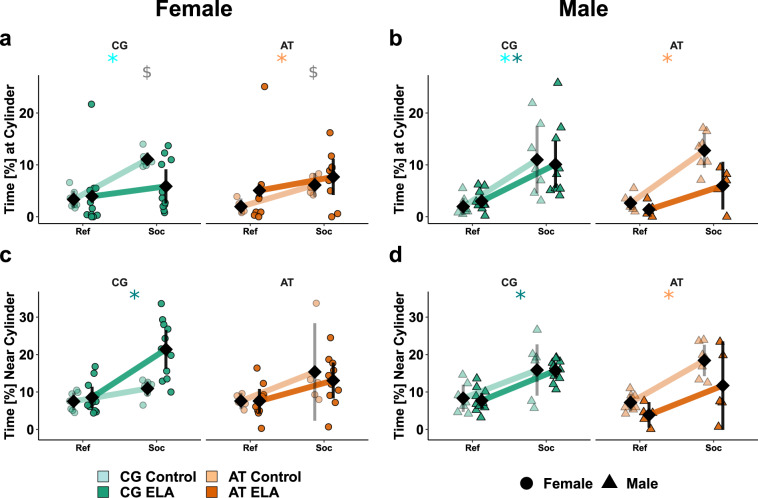Fig. 4. Sex × Fkbp5-genotype × ELA interactions alter social behaviour.
Individual data is shown alongside with the mean ± 95% confidence intervals to indicate statistical differences among subgroups. Selected results at group level are indicated. Descriptive statistics, model summary, and ANOVA results are provided in the Supplementary Tables 26–31. Time [%] females (a) and males (b) spent at the cylinder with (Soc) or without (Ref) an unfamiliar mouse. Significant social preference is indicated in CG-allele carrying controls ( ), ELA-exposed males (
), ELA-exposed males ( ), and in AT-allele carrying controls (
), and in AT-allele carrying controls ( ). The preference for the social compartment (p < 1−5) was more pronounced in males (p = 0.01) since only AT-allele carrying males with ELA lost the preference, while both AT- and CG-allele carrying females with ELA discriminated less between the social and reference side (ELA × SNP × sex p = 0.02). AT- vs. CG-allele carrying female controls spent less time in social interaction (
). The preference for the social compartment (p < 1−5) was more pronounced in males (p = 0.01) since only AT-allele carrying males with ELA lost the preference, while both AT- and CG-allele carrying females with ELA discriminated less between the social and reference side (ELA × SNP × sex p = 0.02). AT- vs. CG-allele carrying female controls spent less time in social interaction ( , t(7) = 5, p = 0.001). Time [%] females (c) and males (d) spent in the area surrounding the cylinder with or without a stimulus mouse. An overall preference for the social side was present (p < 1−5) that was seen in CG-allele carriers with ELA (
, t(7) = 5, p = 0.001). Time [%] females (c) and males (d) spent in the area surrounding the cylinder with or without a stimulus mouse. An overall preference for the social side was present (p < 1−5) that was seen in CG-allele carriers with ELA ( ) and AT-allele carrying male controls (
) and AT-allele carrying male controls ( ). AT- vs. CG-allele carriers (p = 0.01) and males vs. females (p = 0.04) with ELA spent less time on the social side. Both effects are attributable to CG-allele carrying females with ELA spending more time on the social side.
). AT- vs. CG-allele carriers (p = 0.01) and males vs. females (p = 0.04) with ELA spent less time on the social side. Both effects are attributable to CG-allele carrying females with ELA spending more time on the social side.

